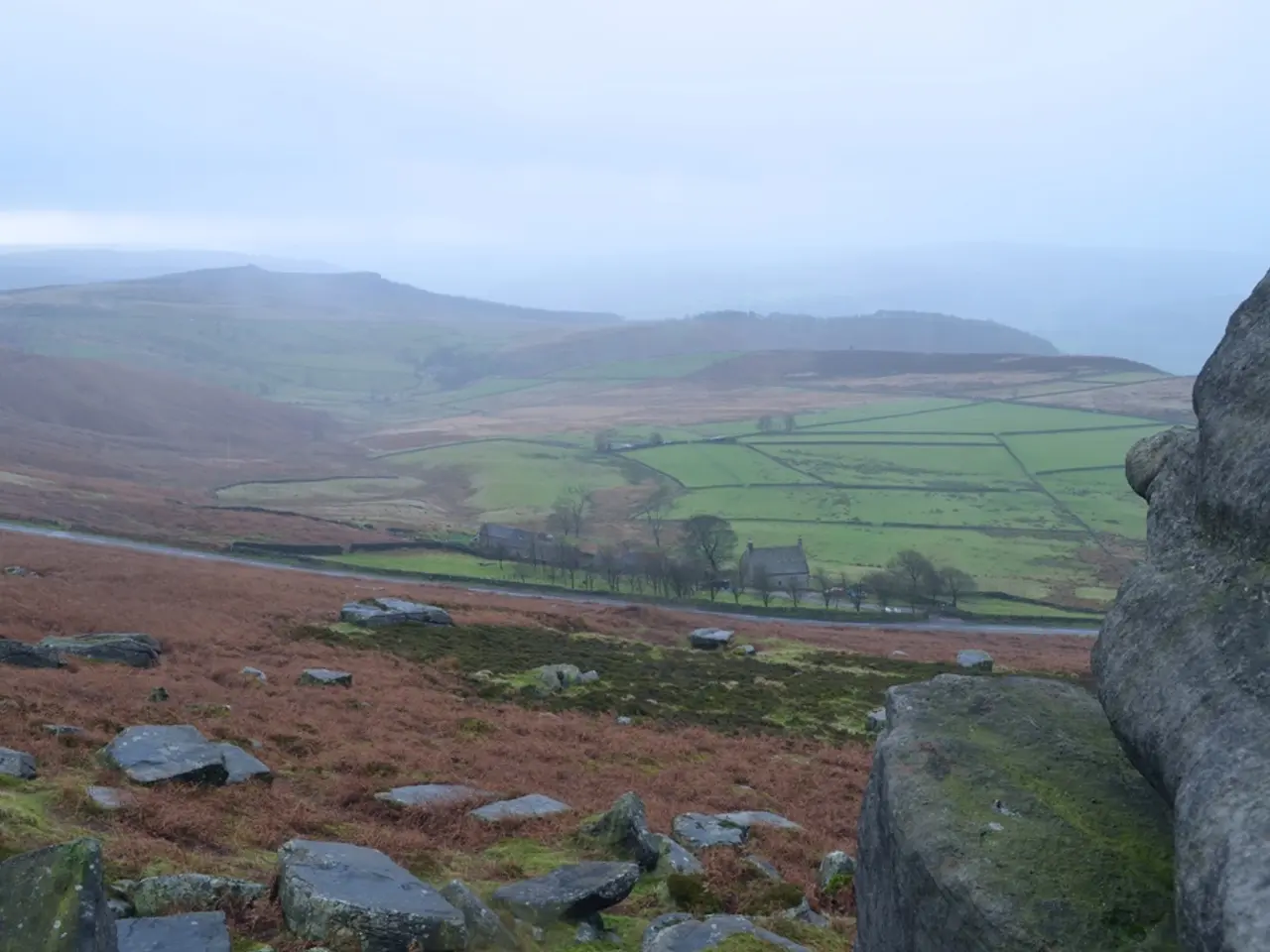Massive wildebeest relocation - Anxiety over excessive tourism
In East Africa, the annual wildebeest migration is a spectacle that attracts countless visitors, with the Masai Mara nature reserve in Kenya being a key destination. This year, the migration is underway, and more than 1.5 million wildebeest, along with hundreds of thousands of zebras and antelopes, are crossing the Mara River [1].
However, concerns about the behavior of some tourists and the potential damage to the ecosystem have been growing. Recently, a video from Tanzania's Serengeti sparked a sharp reaction from Tanzania's national park authority, Tanapa, showing tourists violating rules and disrupting the natural migration [2]. A similar situation was reported in Kenya's Masai Mara, with tourists taking selfies outside their vehicles in the savannah, blocking the path of the wildebeest for better photography, and parking too close to river crossings [2].
To address these issues, the Kenyan authorities have implemented several regulations and guidelines. Vehicle number limits and viewing restrictions are in place to prevent overcrowding and disturbance. When more than five vehicles want to view an animal, viewing time is restricted to 10 minutes per vehicle. Vehicles must maintain a distance of at least 100 meters from the animals and the river crossing points to avoid blocking the migration route or stressing the animals [3].
Prohibition on disruptive behavior is another crucial aspect of these regulations. Vehicles should never park too close to river crossings or drive through animal herds, as these behaviors disrupt natural migration and can scare animals like wildebeests and predators such as cheetahs, impairing their natural behavior and hunting [1][3].
Tourists who violate these rules risk on-the-spot fines of 10,000 Kenyan shillings (about 77.5 USD) and immediate removal from the park by rangers [3]. Authorities have stationed vehicles with rangers at key crossing points to monitor and manage tourist behavior actively, using technology to facilitate smooth passage for migrating animals by controlling vehicle flow and reducing disturbances [3].
Recent recommendations also urge limiting tourism infrastructure expansion within the core protected areas of Masai Mara to a sustainable number of beds and vehicles. This aims to reduce the current unsustainable tourist pressure that contributes to ecosystem damage and wildlife stress during migration periods [1].
Facility owners inside the park are encouraged to allow guests to visit only during daytime and leave by evening, giving animals undisturbed time at night [3]. Together, these regulations seek to reduce ecological impacts on the wildebeest migration by controlling tourist density, limiting disturbance, and enforcing respectful wildlife viewing practices [1][2][3].
Tourism remains an important economic factor in both Kenya and Tanzania, with many visitors coming to see the migration. Despite the concerns, the wildebeest migration remains a highlight for many visitors, and the cost of a 12-hour visit to the Masai Mara nature reserve during peak season is now 200 US dollars [1]. Investments are being made in luxury camps within the Masai Mara, suggesting that the tourist industry is committed to sustainable tourism practices [1].
As the wildebeest migration continues, it is essential that tourists respect the regulations and guidelines in place to ensure the preservation of this incredible natural spectacle for future generations.
References: [1] The Guardian. (2021, August 1). Wildebeest migration: tourists risk damaging Kenya's Masai Mara. [online] Available at: https://www.theguardian.com/environment/2021/aug/01/wildebeest-migration-tourists-risk-damaging-kenyas-masai-mara
[2] BBC News. (2021, July 28). Tanzania's Serengeti: Anger over tourists' behaviour. [online] Available at: https://www.bbc.com/news/world-africa-57937505
[3] Kenya Wildlife Service. (n.d.). Masai Mara National Reserve. [online] Available at: https://www.kws.go.ke/parks/masai-mara-national-reserve
- To safeguard the future of East Africa's annual wildebeest migration, it's crucial for tourists to adhere to environmental-science based regulations and guidelines during their visit.
- The behavior of tourists in Kenya's Masai Mara and Tanzania's Serengeti has sparked concerns about potential damage to the ecosystem and disruption of the natural migration, with rules being enforced to prevent such actions.
- With sustainable tourism practices being prioritized, luxury camps within the Masai Mara are being developed to support the ongoing climate-change mitigation efforts while offering visitors a unique lifestyle experience during the wildebeest migration.




